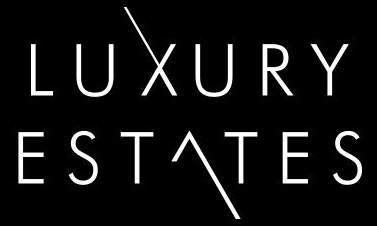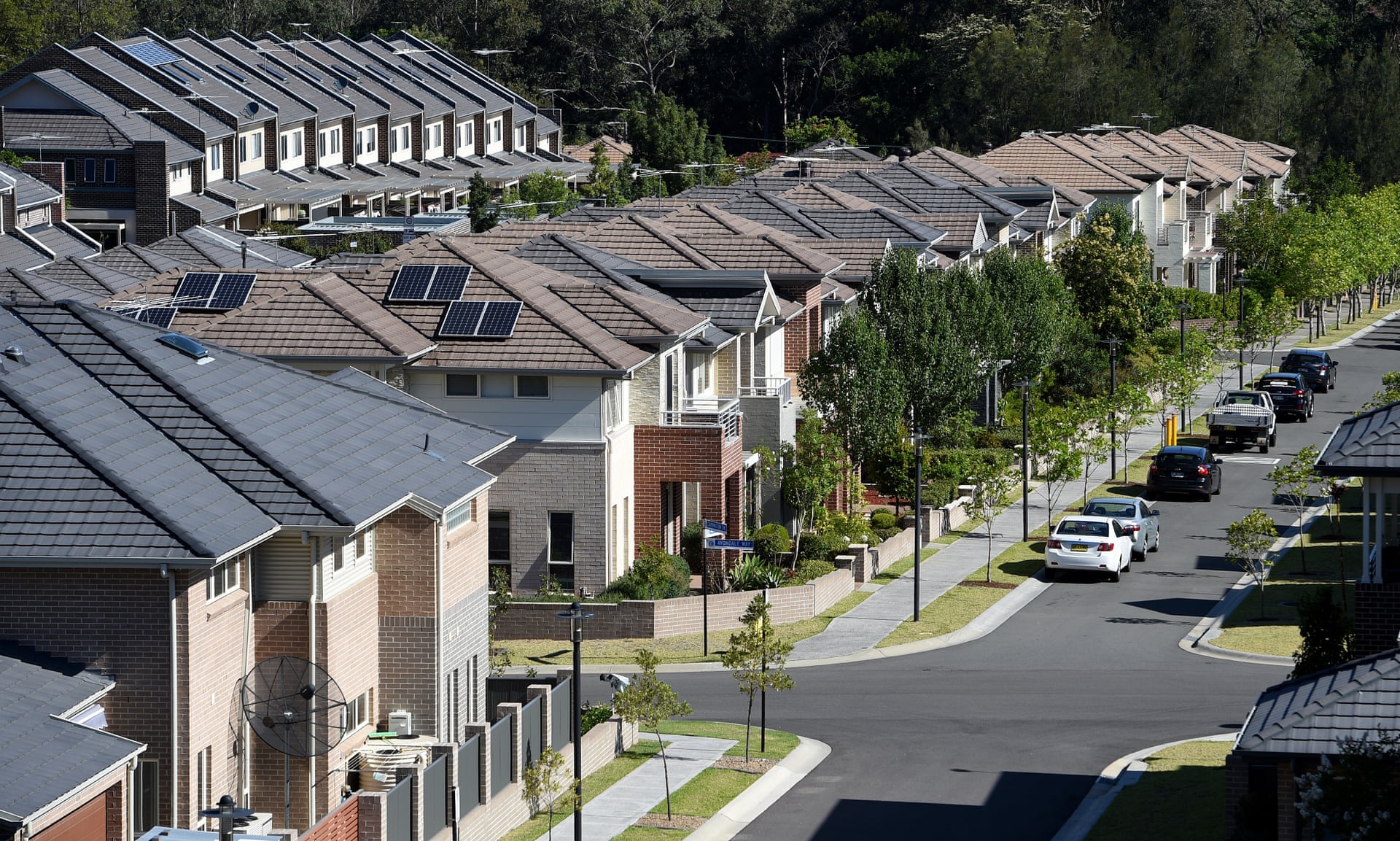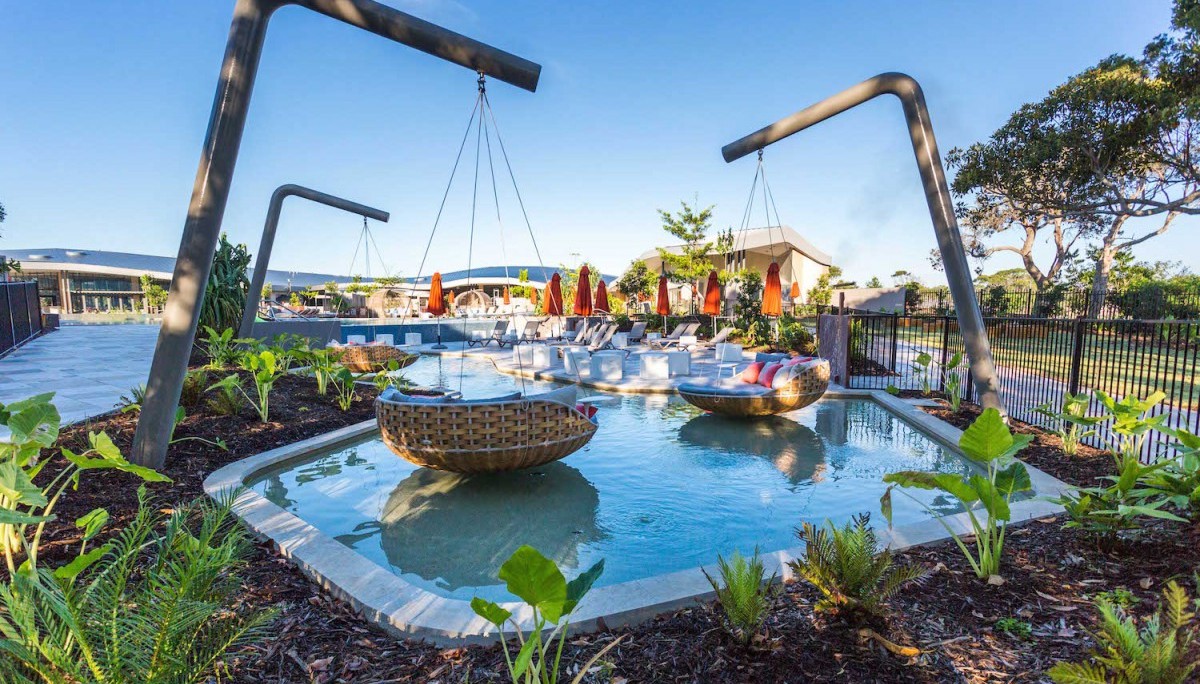From Freefall to Boom: What the Hell is Happening to Australia's Housing Market?
Although prices in Sydney and Melbourne are on the rise, there are ‘serious questions’ about whether they can be sustained
After two years on the backburner, rising property prices are once again becoming the subject of debate around the suburban barbecue. A well-respected annual outlook predicted this week that the cost of houses could rise by more than 15% in Sydney and Melbourne next year. It is a conclusion matched by other surveys and forecasters. But do they give the whole picture? Are we really heading back into boom territory and, if so, what is causing it?
Wasn’t the market really struggling not long ago?
Earlier this year Australia’s notoriously expensive housing market was in freefall. Prices in Sydney and Melbourne had fallen by double digits from their 2017 peak and with credit being squeezed by a nervous banking sector after the royal commission, the bottom seemed nowhere in sight. Sales were at a 21-year low and there was concern that the economy could suffer serious knock-on effects. Hobart, Canberra and Adelaide (just) were the only cities showing price rises.
So what is happening now?
The outlook has changed remarkably quickly, at least in the two biggest cities. Both have seen a dramatic recovery, says the research firm CoreLogic, which produces regular reports on the market. That has surprised the Reserve Bank and many private sector economists. Melbourne prices are close to showing positive growth for the past 12 months – not bad considering they were down by 6.2% on the year in September. Sydney is not far behind. The auction clearance rate was 80.5% last weekend, albeit on smaller volumes than in the peak. The situation is far from rosy in Perth and Darwin, however. It’s also important to note that other data sets, such as from Hometrack, show some suburbs are still well down on the peak.
How far are prices expected to rise?
A closely watched annual report on trends in the property market published on Thursday predicted house prices could rise 17% in Melbourne next year, and 16% in Sydney. The forecast by SQM Research says that will happen only if the RBA cuts rates again – as many expect it to do in the new year – and if the Australian Prudential Regulatory Authority (Apra) doesn’t tighten credit standards. But even in less benign circumstances, prices could still rise 9%, SQM says. Analysts at UBS, who had been quite pessimistic, concurred, saying in a note this week they expected prices to rise 10% next year.
What has caused the turnaround?
The simple answer is credit. Just as the downturn was caused by Apra’s 2017 decision to restrict credit amid alarm about poor lending standards, the upturn has coincided with a loosening of credit restrictions. Scott Morrison’s surprise election victory on 18 May seemed to change the regulatory landscape and Apra abruptly signalled to banks they could relax lending standards again. This combined with two successive interest rate cuts by the Reserve Bank has transformed the housing market and buyers once again could leverage themselves to the hilt. The founder of SQM, Louis Christopher, says Apra’s post-election U-turn was crucial. “With Apra, what they really did was, someone knocked on their door and said, ‘Look, you’ve gone too far, we’ve got a downturn in the economy, you’ve got to loosen the lending restrictions.’ And they did.”
Is credit the only factor?
Christopher says another key factor, especially in Melbourne, is population growth. The Victorian capital has expanded from 4 million people in 2011 to 5 million in 2019. The availability since May of the cheapest mortgages in Australian history helped release the pressure built up during two years of tighter lending. “The city has expanded by one million, which creates a large underlying accommodation requirement for that many people,” Christopher says. This is backed up by figures from CoreLogic this week showing strongest demand from owner-occupiers – up 17.3% from May to September – rather than investors, up just 8.4%.
The chief economist at IFM Investors, Alex Joiner, also suggests there was a certain inevitability about the market reaction given Australia’s love affair with home ownership. “You take the Australian psyche around the housing market and mortgage rates that are below 3%, and prices in Melbourne and Sydney are destined to rise,” he says. Another factor was suggested in a report from Credit Suisse this week which said that the unrest in Hong Kong could be pushing wealthy people there to get their money out and into Australian property.
Does this mean we’re in another housing boom?
UBS called the surge a “mini boom” but, like many commentators, the bank’s economists were quick to caution that this was highly unlikely to be a repeat of the boom years between 2013 and 2017. “Compared to prior cycles, we expect a much more muted multiplier effect for the ‘real economy’,” UBS said this week, noting that Australia had the highest household debt in the world, the lowest savings rate for a decade and housebuilding and other construction work was heading off the cliff.
So it might not last?
Joiner says the rise in prices in recent months would encourage more sellers to put their properties up for sale, solving one problem in the market: lack of supply. “But that wouldn’t be good for the economy,” he says. “Household debt will weigh on the economy and we’re seeing that in retail sales. People are worried about job security, confidence in the future and wages growth.” Despite his report’s bullish-sounding forecasts, Christopher warns that prices are rising from an already overvalued position, so there is a “serious question about the sustainability of the new upturn”, with the market very susceptible to another change of heart by Apra, an economic downturn or any rate rises. “The loosening of credit was always likely to stimulate the market when you add that to population growth. But there will be a price to be paid.”
SOURCE: The Guardian
POSTED: November 15, 2019
AUTHOR: Martin Farrer
@Luxury Estates – experts on visionary marketing of Australia’s most luxurious real estate for sale




